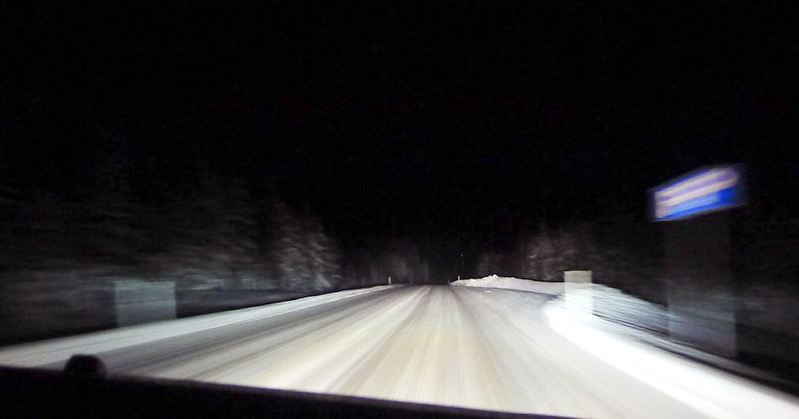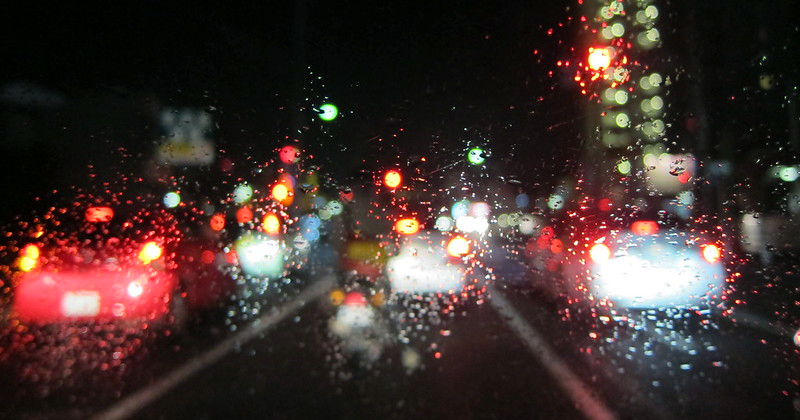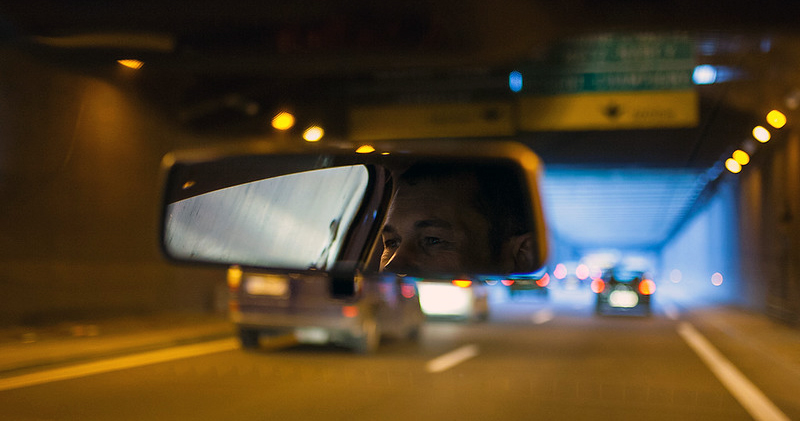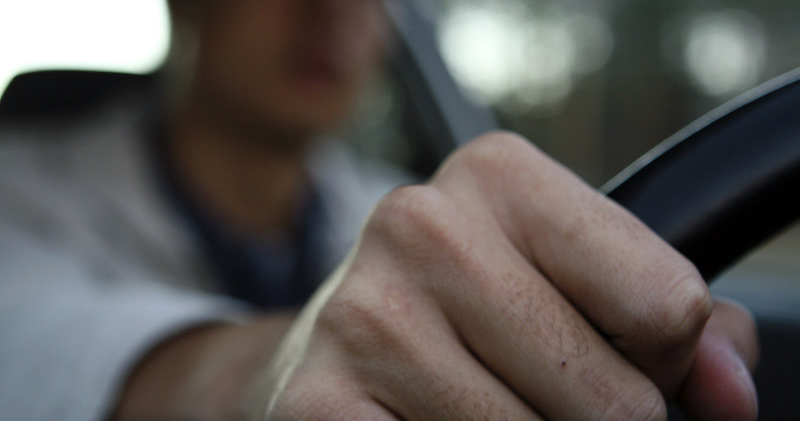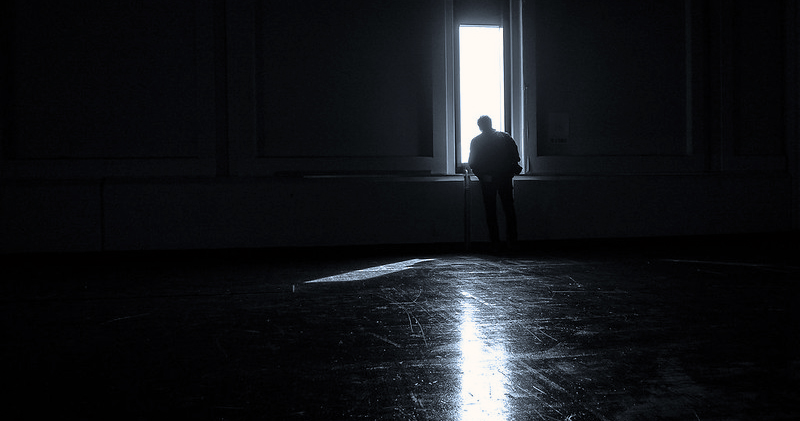| I am a co-pilot on a sunny day, the city is very quiet because there is nothing Traffic. | |
| I am driving through the city at night, and as it is raining, it seems that a lot of traffic has been concentrated. I am moving forward but all of a sudden I have to brake sharply. | |
| It is a very good day, and I am taking some friends to have a drink. There is a lot of traffic, so I am not going very fast. | |
| I am a co-pilot on a rainy day, the city is very quiet because there is no traffic. | |
| I am sitting in the co-pilot’s seat, it is night and it rains a lot. Still, there is not a lot of traffic. | |
| It is a good day, and I am driving very fast through the city when there is no traffic. | |
| I am driving with a group of friends in the car because tonight we are going to have dinner outside. There is little traffic and it starts to rain. | |
| One night that it rains a lot I have taken the car, there is not a lot of traffic and then I hear an ambulance approaching and I must hurry to get away a little. | |
| I am accompanying a friend in his car, it is night and it rains a lot. We are driving through the city with little traffic, but suddenly my friend stops. | |
| I am driving through the city on a very sunny day. I go alone in my car and also there is no traffic. | |
| I am accompanying a friend on a short journey in his car, and we are taking a tour of the city, where there is little traffic. | |
| It is very sunny and I find myself driving in the city. There is little traffic, but as I am driving I begin to hear a loud horn near me. | |
| I am driving on a rather rainy day, and since there is a lot of traffic I have to move slowly. After a while, I find myself in a traffic jam that I don’t move for 5 minutes. | |
| I’m in the passenger seat, accompanying a friend by car around the city, and it seems that there is a lot of traffic, maybe it’s because it’s raining a lot. | |
| I am in town driving a clear night with a little traffic. My journey is very short and simple, so I am going a bit fast. | |
| I find myself driving at night through the city, I am taking some friends, there is a little traffic and there is a very loud horn near me. | |
| I am a co-pilot in my friend’s car, it is a very good day but there is a lot of traffic. Also, we are crossing many streets where cars come from both directions. | |
| I am driving very calmly since there are not many people circulating, and then I hear a siren. Immediately I stop and an ambulance crosses in front of me. | |
| It is daytime and it rains a lot, and I am driving with some friends in the car. There is a lot of traffic and we must cross several streets with cars in both directions. At some point, I have to give the car a hard braking. | |
| I am in the passenger seat because a friend has come to pick me up. We are circulating and there is a lot of traffic, so after a while we were stuck in a traffic jam for about 10 minutes. | |
| While sitting in the passenger seat, I see how it rains and I hear the siren of an ambulance. As there is a lot of traffic, the driver stops quickly and the ambulance crosses in front of us. | |
| I am driving on a very rainy day, and since there is a lot of traffic I have to circulate slowly. | |
| I am driving on a clear night, and there is a lot of traffic around the city. On my route I have to go through quite a few corners, and also on many streets where cars circulate in both directions. | |
| I am sitting next to a friend who is driving his car around the city. Although there is not much traffic, he is going fast enough, and suddenly I hear a loud horn. | |
| I am driving a clear night through the city, and there is a lot of traffic. After a while I find myself in a traffic jam, but soon it dissolves and the circulation seems to be smoother | |
| It is daytime and very sunny, I am driving quietly through the city and I find myself in a traffic jam of about 5 minutes | |
| While sitting next to my friend, who is driving the car, I see that there is a little traffic. I don’t know what’s going on, but suddenly my friend gives a very hard braking. | |
| I’m driving a rainy night through the city. There is not a lot of traffic and I am going quite slow. | |
| Today is a very rainy day, and I am driving with some friends. Let talking and moving, and we heard a siren, so I stop and letgo to the ambulance coming very fast. | |
| Tonight it rains a lot, and I’m driving very fast through the city when there is no traffic. | |
| As I drive calmly through the city, even if there is little traffic, I must suddenly stop. | |

